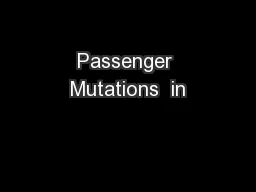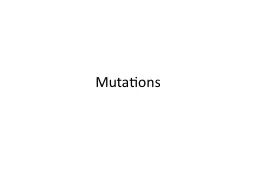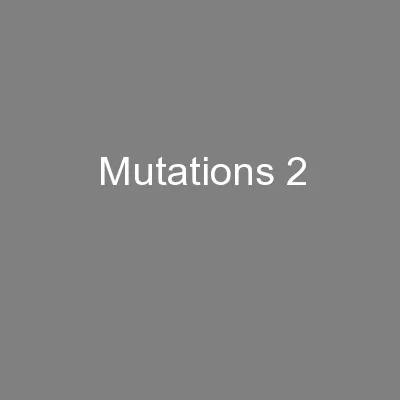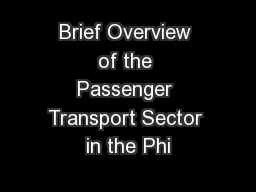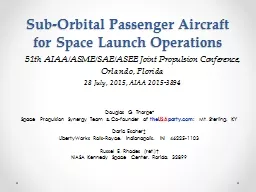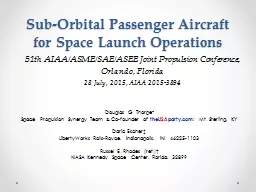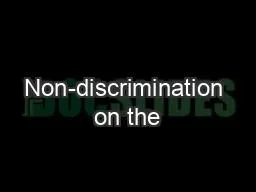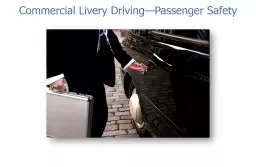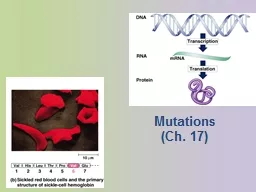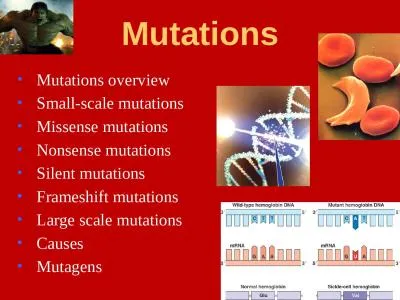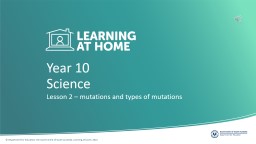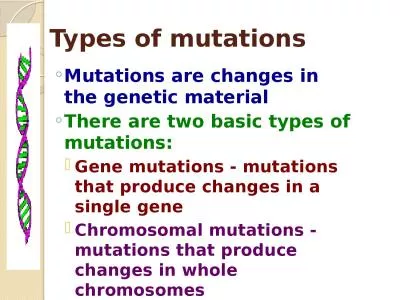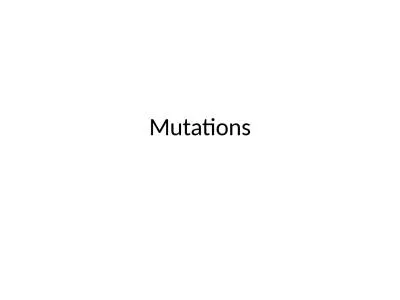PPT-Passenger Mutations in
Author : myesha-ticknor | Published Date : 2018-03-22
gt2500 cancer genomes Overall functional impact Slides freely downloadable from LecturesGersteinLaborg amp tweetable via markgerstein See last slide
Presentation Embed Code
Download Presentation
Download Presentation The PPT/PDF document "Passenger Mutations in" is the property of its rightful owner. Permission is granted to download and print the materials on this website for personal, non-commercial use only, and to display it on your personal computer provided you do not modify the materials and that you retain all copyright notices contained in the materials. By downloading content from our website, you accept the terms of this agreement.
Passenger Mutations in: Transcript
Download Rules Of Document
"Passenger Mutations in"The content belongs to its owner. You may download and print it for personal use, without modification, and keep all copyright notices. By downloading, you agree to these terms.
Related Documents

